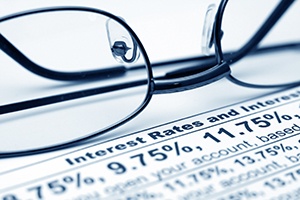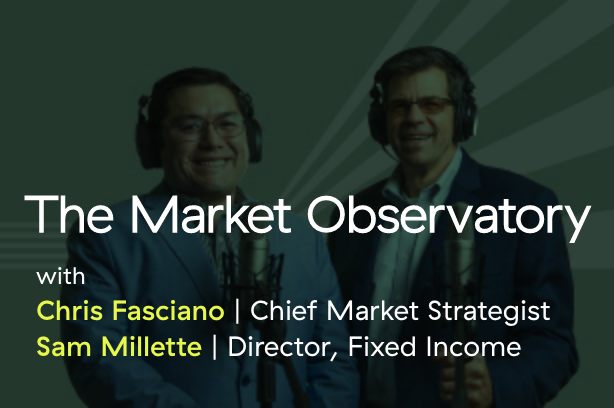I am working on my talk for Commonwealth’s upcoming National Conference, all about interest rates in the new world. The tagline is going to be “Less Than Zero.” Yesterday, I got an endorsement (sort of) from the president, who tweeted that the Fed should lower rates to zero or even below. Clearly, I got the hot topic right this year!













